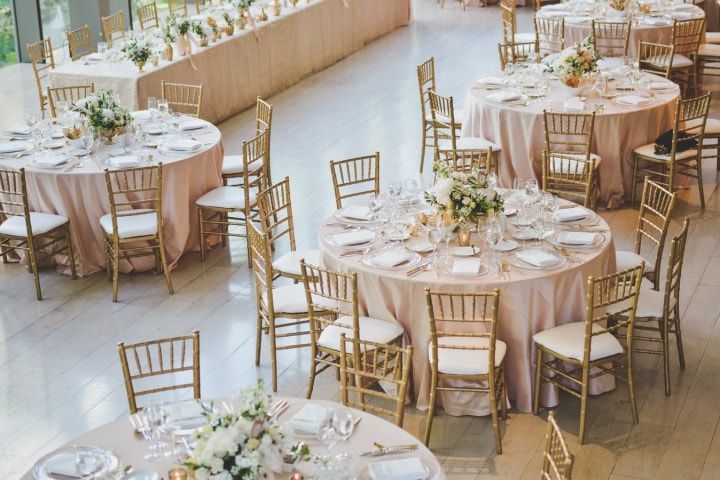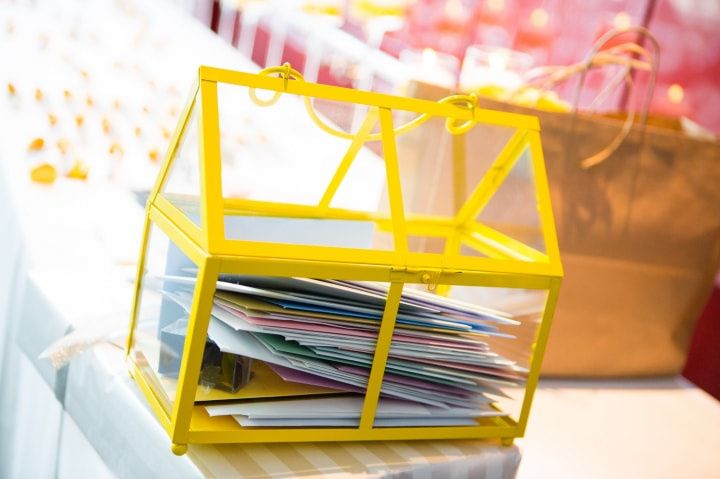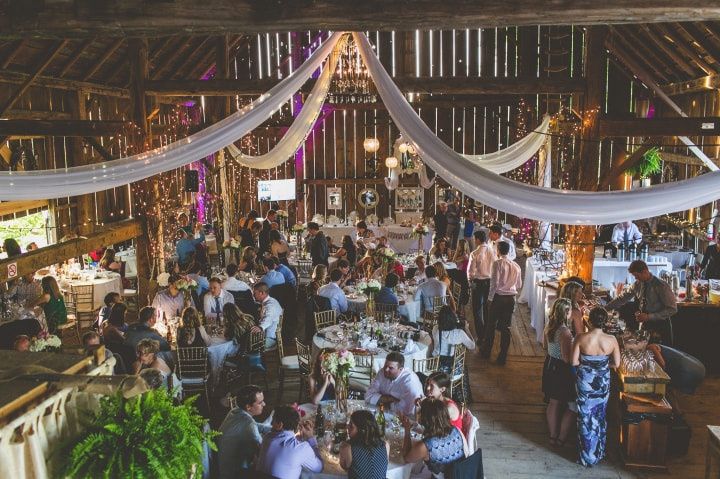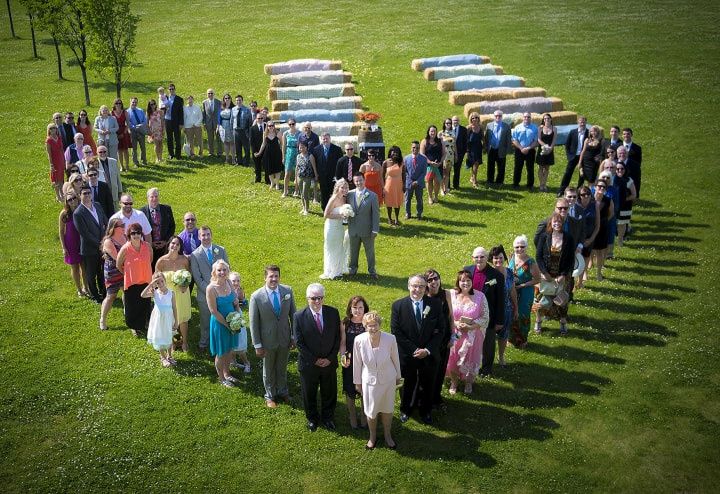How to Create Your Wedding Seating Chart
Hashing out your wedding seating chart takes a little bit of work. We’ve got all the tips and tricks to getting through the process stress-free.

So you’ve found the wedding reception venue of your dreams? Congratulations! Now you can move on to your wedding seating chart. Deciding where to sit your friends and family can be tough, especially if you’re dealing with a larger crowd. You and your partner have most likely filled your wedding guest list with the people you care about the most, so deciding who gets VIP status and who lands a spot near the back can prove to be a bit of a struggle. To make the planning process stress-free and keep your guests happy we’ve crafted a step-by-step guide to creating a wedding seating plan.
Here are helpful tips on how to create your wedding seating chart.
Find a wedding seating chart app or tool
Sure, you could spend your day with a bristol board, Post-It notes and Sharpies trying to cobble together a wedding seating plan on your living room floor, but why not make life easy for yourself? Our wedding seating chart tool will help you organize your guests without all the fuss (and save you a trip to Staples). It accounts for the size and shape of your room, tables and the number of guests you’re inviting. Once you’ve finished, you can export it into an email to your wedding planner to ask for suggestions.
Consider different types of tables
Tables come in all shapes and sizes - meaning different tables will suit certain amounts of guests. At weddings, it is typical to have round tables that seat between eight and ten guests, but there are plenty of wedding reception seating arrangements outside of that. Nowadays many couples are opting for longer rectangular tables, for a more intimate reception seating plan. Tip: when considering what type of tables you want at your reception also think about what catering serving style you’re going with. If you go with family-style, you’ll probably want smaller groups at each table so that passing dishes around doesn’t get too chaotic.
Put yourselves first
The guests of honour - AKA you and your new spouse - get first dibs on the wedding seating chart. Visit your wedding venue and find the perfect spot for your table, then plan where the rest of your guests will sit. At this point, you’ll also want to decide what type of table you and partner will be seated at. A private sweetheart table for just the two of you, a larger table with your wedding parties or table with only yourselves and your immediate family members are all options.
Consider your most important guests
Once you’ve figured out the ideal spot for you and your S.O., move on to your wedding’s VIPs. Who are they? The families, the bridesmaids and the groomsmen. Step one is getting input from family members and accommodating them first (can’t leave the grandparents without a good view). Next, you can move on to your wedding party. Depending on how large it is, the bridesmaids and groomsmen can have separate tables that will seat them along with their own partners or plus ones.
Move on to the rest
After sorting out your MVPs, work on the rest of the room. You’ll want all guests seated at a table to have something in common so that they won’t be eating in silence. Think about categories like “friends from U of T/school friends”, “guests from Muskoka/cottage friends”,“childhood friends”, “relatives from mom’s side” etc. If you’ve got a ton in one category, split them into smaller table groups on your wedding seating plan.
Consider your guest’s needs
Before you start congratulating yourself on finishing your wedding seating plan, make sure you haven’t forgotten about any of your guest’s needs. If you don’t have a designated “children’s table”, kids should be seated next to their parents. Single wedding guests should be seated with people they know or people they have things in common with - not with a group of married people. Grandparents and elderly guests should not be seated next to your band or speakers, but should get a good view of the couple. Remember to do some troubleshooting before crafting a wedding seating chart or escort cards and putting down place cards to avoid problems during your reception.
Create a wedding seating plan with WeddingWire's FREE Seating Chart tool»





